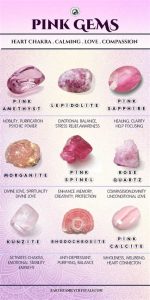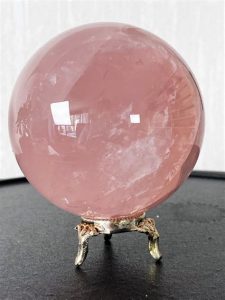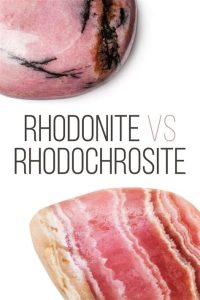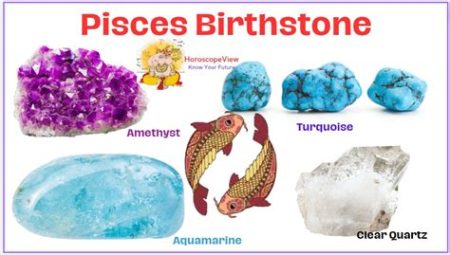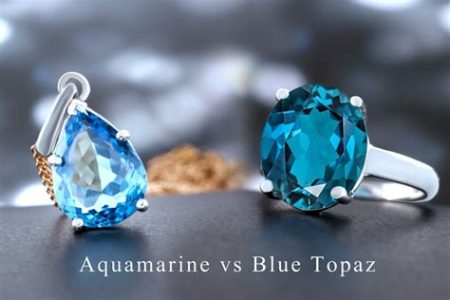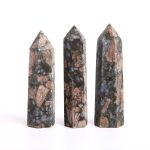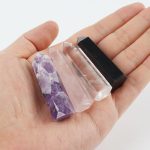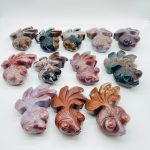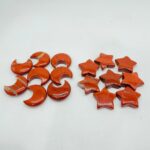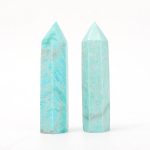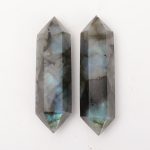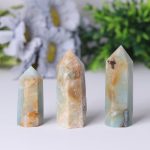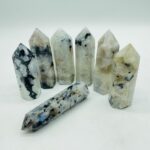Introduction

Embark on a captivating journey into the realm of rare gemstones, where chrysocolla and malachite enchant with their vibrant hues and captivating allure. In this comprehensive guide, we delve into the enchanting world of these two exquisite gems, exploring their captivating interplay, intriguing comparisons, and unparalleled beauty.
Chrysocolla vs Malachite: A Comparative Analysis
Origins and Formation
Chrysocolla, an enthralling copper silicate, adorns nature with its alluring turquoise to deep blue-green shades. It emerges through the oxidation of copper-bearing minerals in hydrothermal veins. Malachite, a mesmerizing copper carbonate, captivates with its characteristic emerald green hue. Its formation occurs when copper-rich solutions come into contact with carbonate-bearing rocks.
Chemical Composition
Chrysocolla’s chemical composition, CuSiO3·2H2O, showcases a unique blend of copper, silicon, and oxygen atoms. Malachite, with its formula Cu2CO3(OH)2, boasts a combination of copper, carbon, and oxygen atoms.
Physical Properties
Chrysocolla, with a hardness ranging from 2 to 4 on the Mohs scale, exhibits a vitreous to dull luster. Malachite, possessing a hardness of 3.5 to 4, showcases a silky to adamantine luster. Both gems display conchoidal to uneven fracture patterns.
Crystal Structure
Chrysocolla’s crystal structure remains poorly understood, with no distinct crystalline form. Malachite, however, crystallizes in the monoclinic system, often forming botryoidal or stalactitic masses.
Distinctive Features of Chrysocolla and Malachite
Color and Appearance
Chrysocolla unveils a vibrant palette of turquoise, blue-green, and teal hues. Its surface often presents intricate patterns and banding. Malachite, renowned for its captivating emerald green coloration, occasionally exhibits variations in shade due to iron impurities.
Symbolism and Beliefs
Throughout history, chrysocolla has been associated with peace, harmony, and soothing energies. Ancient civilizations believed it possessed healing properties for conditions of the throat and nervous system. Malachite, revered as a symbol of prosperity, abundance, and transformation, was cherished by the Egyptians for its purported ability to enhance intuition and courage.
Applications and Uses
Jewelry and Adornment
Chrysocolla and malachite’s mesmerizing beauty have captivated jewelry designers and artisans for centuries. They adorn necklaces, earrings, bracelets, and pendants, adding a touch of elegance and sophistication to any ensemble.
Decorative Arts and Objects
Beyond jewelry, chrysocolla and malachite find their way into various decorative arts and objects. They adorn vases, sculptures, and mosaics, bringing a touch of natural beauty and vibrant color to interiors.
Healing and Energy Work
Chrysocolla and malachite have long been used in healing and energy work. Chrysocolla is said to promote emotional balance and communication, while malachite is believed to stimulate creativity and enhance spiritual growth.
Matters to Ponder: The Significance of Chrysocolla and Malachite
Cultural Significance
Chrysocolla and malachite hold profound cultural significance in various societies worldwide. Native American tribes revered chrysocolla for its spiritual and healing powers, while ancient Egyptians cherished malachite for its connection to the goddess Hathor.
Historical Importance
Historical records indicate that chrysocolla was utilized in ancient jewelry and mosaics dating back to Roman times. Malachite played a prominent role in the decorative arts of the Victorian era, adorning furniture, jewelry, and architecture.
Benefits of Investing in Chrysocolla and Malachite
Rising Value
As rare and sought-after gemstones, chrysocolla and malachite have witnessed a steady increase in value over time. Their unique beauty and limited availability make them attractive investments for collectors and gem enthusiasts.
Aesthetic Appeal
Chrysocolla and malachite’s enchanting colors and textures make them highly prized in the world of jewelry and decorative arts. Their versatility allows them to complement various design styles and personal preferences.
Emotional and Spiritual Benefits
In addition to their aesthetic value, chrysocolla and malachite are believed to possess emotional and spiritual benefits. Chrysocolla is said to promote tranquility and emotional healing, while malachite is associated with enhanced creativity and spiritual growth.
Pros and Cons of Chrysocolla and Malachite
Pros
- Captivating beauty and unique coloration
- Rising value as rare and sought-after gemstones
- Emotional and spiritual benefits associated with each gem
- Versatility in jewelry, decorative arts, and healing applications
Cons
- Relatively low hardness, requiring careful handling
- Limited availability, which can impact pricing
- Some individuals may experience allergic reactions to copper
Tips and Tricks for Caring for Chrysocolla and Malachite
- Handle with care due to their relatively low hardness.
- Avoid exposing them to harsh chemicals or abrasive materials.
- Clean them regularly with a soft cloth and warm water.
- Store them in a cool, dry place to prevent dehydration.
Frequently Asked Questions
1. How do I differentiate between chrysocolla and malachite?
Chrysocolla typically exhibits turquoise to blue-green hues, while malachite is known for its emerald green coloration.
2. Are chrysocolla and malachite safe to wear for extended periods?
While rare, some individuals may experience allergic reactions to copper, which is present in both chrysocolla and malachite.
3. How can I enhance the beauty of chrysocolla and malachite?
Regular cleaning and polishing can help maintain the vibrant colors and luster of these gems.
4. What is an innovative application for chrysocolla and malachite?
Incorporating them into eco-friendly and sustainable jewelry designs could be an innovative application that combines beauty with environmental consciousness.
5. How do I determine the value of chrysocolla and malachite?
Factors such as color, clarity, size, and carat weight influence the value of chrysocolla and malachite. Consulting with a reputable gemologist is recommended for accurate appraisals.
6. Can chrysocolla and malachite be found together?
Yes, it is possible to find chrysocolla and malachite in the same geological formations, as they often occur in association with copper-rich deposits.
7. Are chrysocolla and malachite considered birthstones?
Chrysocolla is associated with the zodiac sign Aquarius, while malachite is not linked to any specific birth month.
8. What is the difference between chrysocolla and turquoise?
Chrysocolla is a copper silicate, while turquoise is a copper aluminum phosphate. Chrysocolla typically displays a wider range of blue-green hues than turquoise, which is known for its distinctive sky-blue color.
Conclusion
Chrysocolla and malachite stand as captivating gemstones, each boasting unique beauty, symbolism, and benefits. Their allure has captivated civilizations for millennia, and their value continues to rise, making them both exquisite additions to any jewelry collection or investment portfolio. Understanding their differences, appreciating their cultural significance, and caring for them with diligence will ensure that their splendor endures for generations to come.

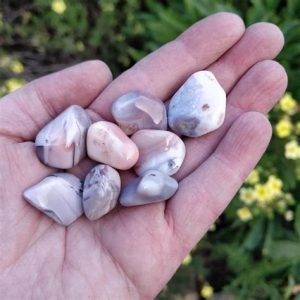
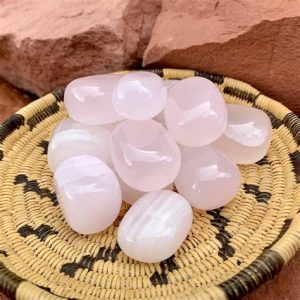
![🔮 Pink Carnelian: The Essential Guide [2025] 8 Exquisite Gems: Chrysocolla VS Malachite in 2025](https://wholesale-crystal.com/wp-content/uploads/2025/01/1737995002-450x300.jpg)

